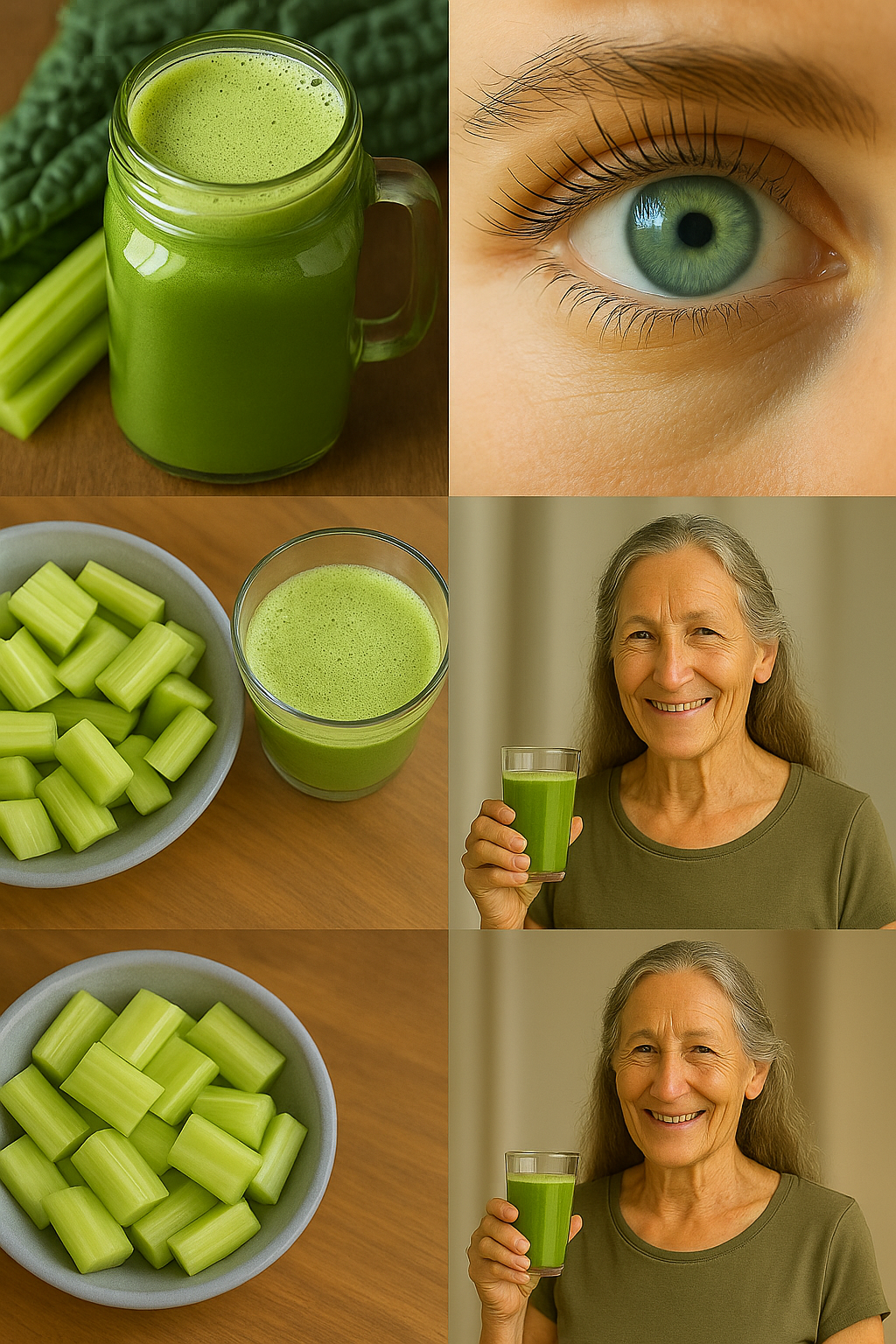🌿 Move over, cilantro. There’s a sharper, stronger, and arguably more powerful herb that’s long been a staple in traditional kitchens—but is now catching the attention of health-conscious foodies and herbalists alike. Meet culantro (Eryngium foetidum)—a fragrant, serrated-leaf herb widely used in Caribbean, Latin American, and Southeast Asian cuisine, and revered for its medicinal power far beyond the plate.
While it often flies under the radar, culantro delivers a surprising punch when it comes to antioxidants, anti-inflammatory agents, and essential nutrients. This humble herb is packed with therapeutic potential that supports everything from bone density and blood sugar balance to digestion, immunity, and detoxification.
If you’re ready to discover a natural powerhouse that deserves a place in your kitchen and wellness toolkit, let’s dive into the top 8 benefits of culantro—and how to use it in your daily life.

🛡️ 1. Rich in Antioxidants for Cellular Protection
Culantro is bursting with flavonoids, phenolic compounds, and vitamin C, all of which help neutralize harmful free radicals and reduce oxidative stress on the body. Just 100 grams of culantro provides up to 35% of your daily vitamin C intake, offering a natural shield against chronic diseases like heart disease, cancer, and early aging.
👉 Use it daily in meals or tea to help your body defend itself at the cellular level.
🍽️ 2. Supports Healthy Digestion
Feeling bloated or heavy after meals? Culantro acts as a carminative herb, which means it helps relieve gas, cramping, and digestive discomfort. It also offers antimicrobial protection, which may help fight off harmful bacteria like E. coli, promoting a healthier gut environment.
👉 Steep fresh leaves in hot water and sip slowly after meals, or add raw culantro to stews and soups.
💪 3. Boosts Immune Function
With both vitamin A and C in generous supply, culantro strengthens immune response and increases resistance to infection. Just 100 grams delivers approximately 338 IU of vitamin A, essential for immune defense and healthy mucous membranes in the eyes, lungs, and gut.
👉 Include culantro in your weekly dishes to help your immune system stay strong all year long.
🦴 4. Promotes Bone Strength
Culantro contains magnesium, calcium, and potassium—minerals crucial for maintaining bone density and preventing age-related conditions like osteoporosis. With around 21 mg of magnesium per 100 grams, it offers gentle, plant-based support for skeletal health.
👉 Toss culantro into vegetable broths or blend it into green smoothies for a mineral-rich boost.
🔥 5. Natural Anti-Inflammatory Agent
Culantro contains alkaloids and terpenoids, potent compounds that reduce swelling and calm inflammation in the body. These bioactive agents make culantro a soothing option for people managing arthritis, muscle pain, or chronic inflammation.
👉 Apply a poultice of fresh, crushed culantro leaves to inflamed joints or sore muscles, or sip tea to calm internal inflammation.
🌬️ 6. Supports Respiratory Health
Thanks to its antihistamine-like properties, culantro is a traditional go-to for managing asthma, colds, or sinus congestion. It helps clear mucus, ease coughing, and open the respiratory tract.
👉 Brew culantro tea or inhale the steam for soothing relief during allergy or cold season.
💧 7. Enhances Liver and Kidney Detox
Culantro’s natural diuretic effect helps the body flush out toxins more efficiently. It supports kidney filtration and may help prevent urinary tract infections by improving waste elimination and reducing microbial buildup in the urinary system.
👉 Drink warm culantro tea daily for a gentle detox, or add to detox soups and broths.
🩺 8. May Help Manage Blood Sugar in Diabetes
Emerging studies suggest culantro’s phytochemicals may enhance insulin sensitivity, helping to stabilize blood sugar levels. This makes it a promising herb for those seeking natural ways to support metabolic health or manage type 2 diabetes.
👉 Use culantro regularly in food, especially in low-carb, high-fiber meals, for gentle glucose regulation.
🍵 How to Use Culantro for Health
1. In Cooking:
- Chop and add to soups, rice, stews, marinades, or meat dishes
- Use fresh in Caribbean-style sofrito or Southeast Asian curries
- Blend with garlic, onion, and lime for a flavorful green sauce
2. As Herbal Tea:
- Boil a handful of fresh (or 1 tsp dried) culantro leaves in 2 cups of water
- Simmer for 10 minutes, then strain and sip
- Add honey or lemon for flavor and additional benefits
3. As a Poultice or Compress:
- Crush fresh leaves and apply directly to skin irritations, insect bites, or inflamed joints
- Wrap in a cloth and use as a warm compress for menstrual cramps or muscle aches

⚠️ Cautions and Considerations
While culantro is considered safe for most people, it’s always wise to use herbs mindfully:
- Start small to test for any allergic reaction (especially if you’re sensitive to herbs in the parsley or carrot family)
- Avoid in large amounts during pregnancy without guidance from a qualified health practitioner
- If you have chronic health issues or take medication, consult your doctor before regular use
🌱 Final Thought: The Super Herb Hiding in Plain Sight
Culantro may not be as well-known as its cousin cilantro, but it’s quickly gaining ground as a nutrient-dense, anti-inflammatory, immune-supporting powerhouse. With roots in traditional medicine and growing scientific backing, this herb offers real-world benefits that are too good to ignore.
Whether you cook with it, drink it, or apply it topically—culantro is more than a flavor enhancer. It’s a natural healer for the modern age.
Add culantro to your kitchen, your wellness routine, and your life. Your body will thank you. 🌿💚


